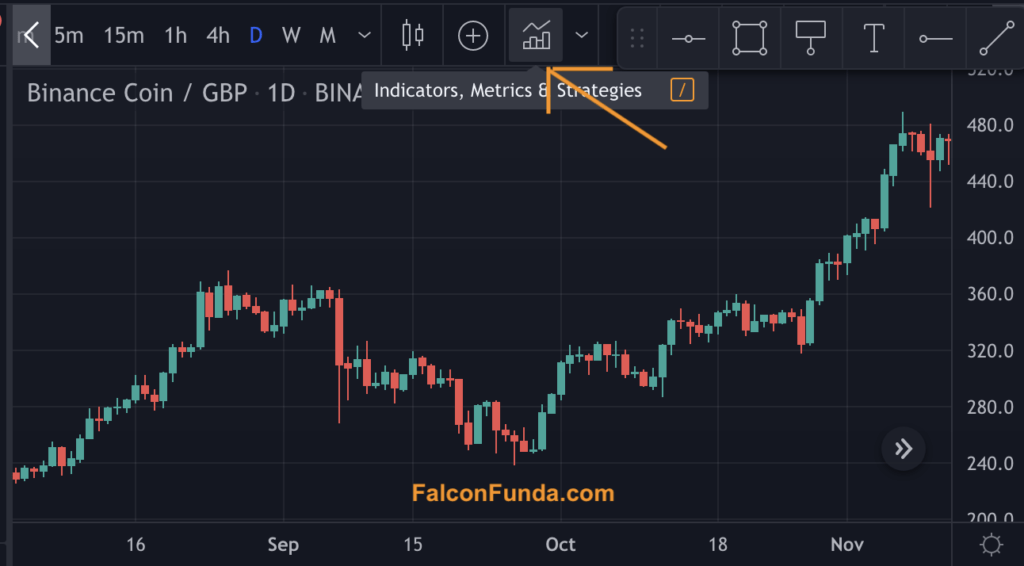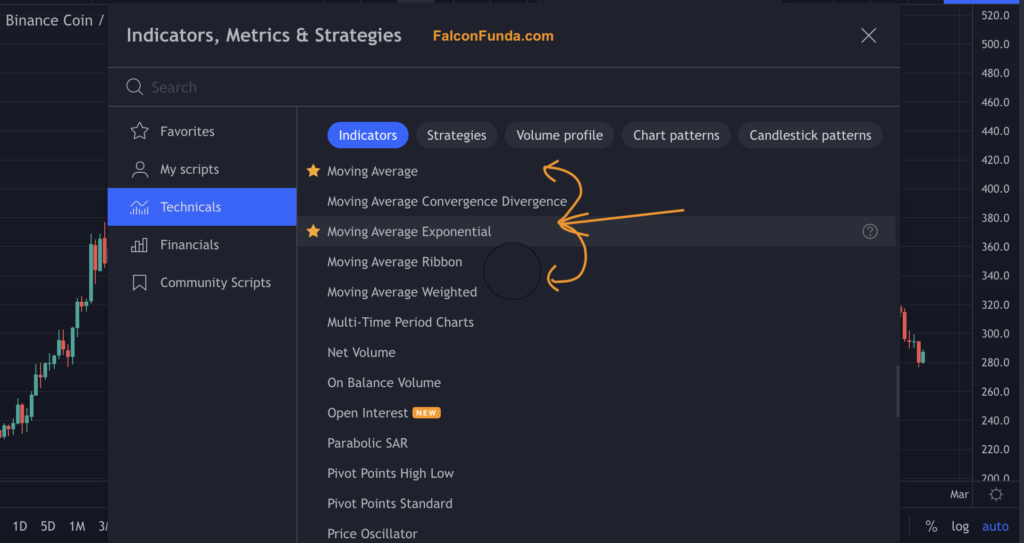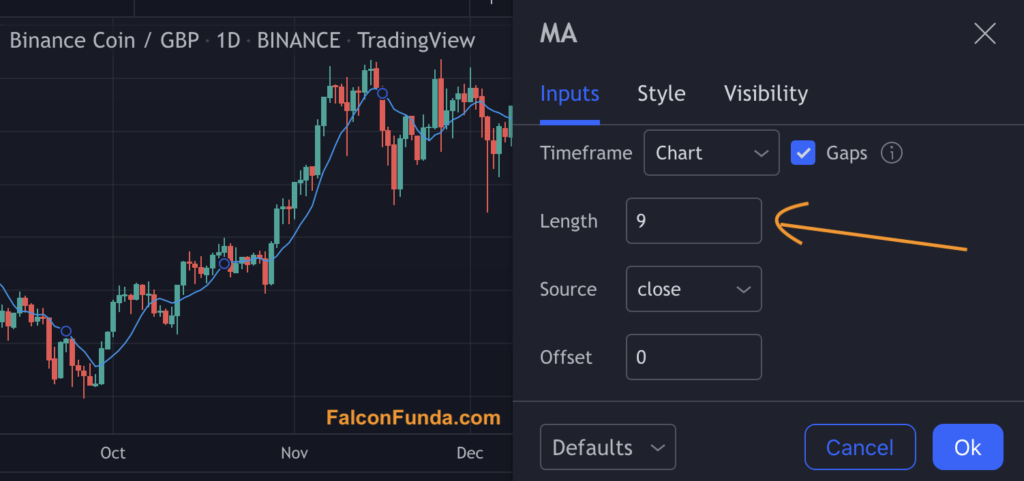Introduction:
Moving averages are popular technical analysis indicators used by traders and investors to identify the direction of upward or downward trends in securities. In this article, we’ll explore the different types of moving averages and how they can be used to derive trends in financial markets.
Type of Moving Averages
There are several varieties of moving averages, including the Simple Moving Average (SMA), the Exponential Moving Average (EMA), and the Weighted Moving Average (WMA). The length of the moving average is a crucial parameter that traders consider to identify trends.
- Simple Moving Average (SMA): An arithmetic mean of security prices over a set number of days, typically 10, 20, 50, 100, or 200. The length of the moving average is an important parameter that traders use to identify trends.
- Exponential Moving Average (EMA): A weighted average that places greater emphasis on recent price action.
- Weighted Moving Average (WMA): This is similar to the exponential average, but with equal weight given to each day.
Steps to apply Moving Averages onto TradingView Charts :
Follow the instructions in below images to apply Moving Average indicator on TradingView Chart.

Instruction: Go to Indicators

Instruction: Select the Moving Average

Instruction: See the moving average line displayed on the chart

Instruction: Adjust the moving average line parameters by double clicking on the line
Psychology of Moving Average Indicator:
The underlying psychology of the moving average indicator is that it smooths out price fluctuations. Average price is calculated over a set number of days. Accordingly, raders can use the direction of the moving average line on a price chart to determine whether a security is in an uptrend, downtrend, or ranging.
After applying the moving average indicator, if the price of the security is above the moving average line, it signals an uptrend. If the price of the security is below the moving average line, it signals a potential ongoing price reversal based on the moving average.
Strategies to identify Moving Average Indicator:
Traders often use crossover strategies to identify trend and sentiment changes in financial markets. There are two primary types of crossover strategies:
- Price crossover strategy: This involves identifying when the price of a security crosses themoving average line. If the price is above the moving average line, it indicates an uptrend. If the price is below the moving average line it signals a downtrend.
- Moving Average Overlap strategy: This involves applying two moving averages (one shorter-term and another longer-term) on the same price chart of a security. The point at which these two moving average lines merge is known as a crossover. Traders consider the sentiment to be bullish if the security consistently moves above the crossover, and bearish if it moves below.
Conclusion:
Moving averages are a powerful tool in the technical analysis toolkit that traders and investors can use to identify trends and sentiment changes in financial markets.
By understanding the different types of moving averages and their application in crossover strategies, traders can make more informed investment decisions. So, to stay ahead in the markets, it’s important to incorporate moving averages into your technical analysis strategy.
Practice Moving Average – Beginner
Practice Moving Average – Intermediate
Practice Moving Average – Advanced
Next Read: Exponential Moving Averages
